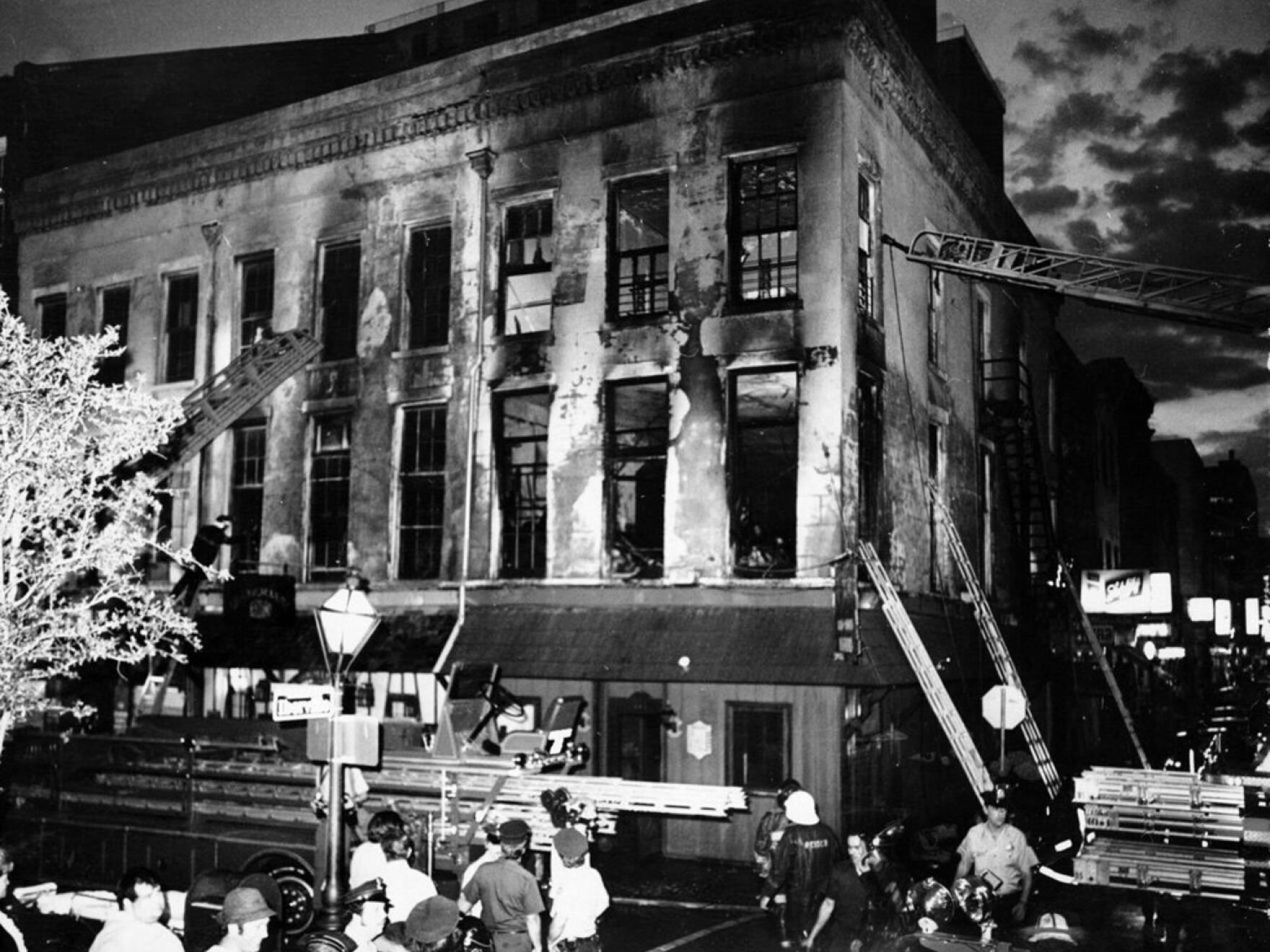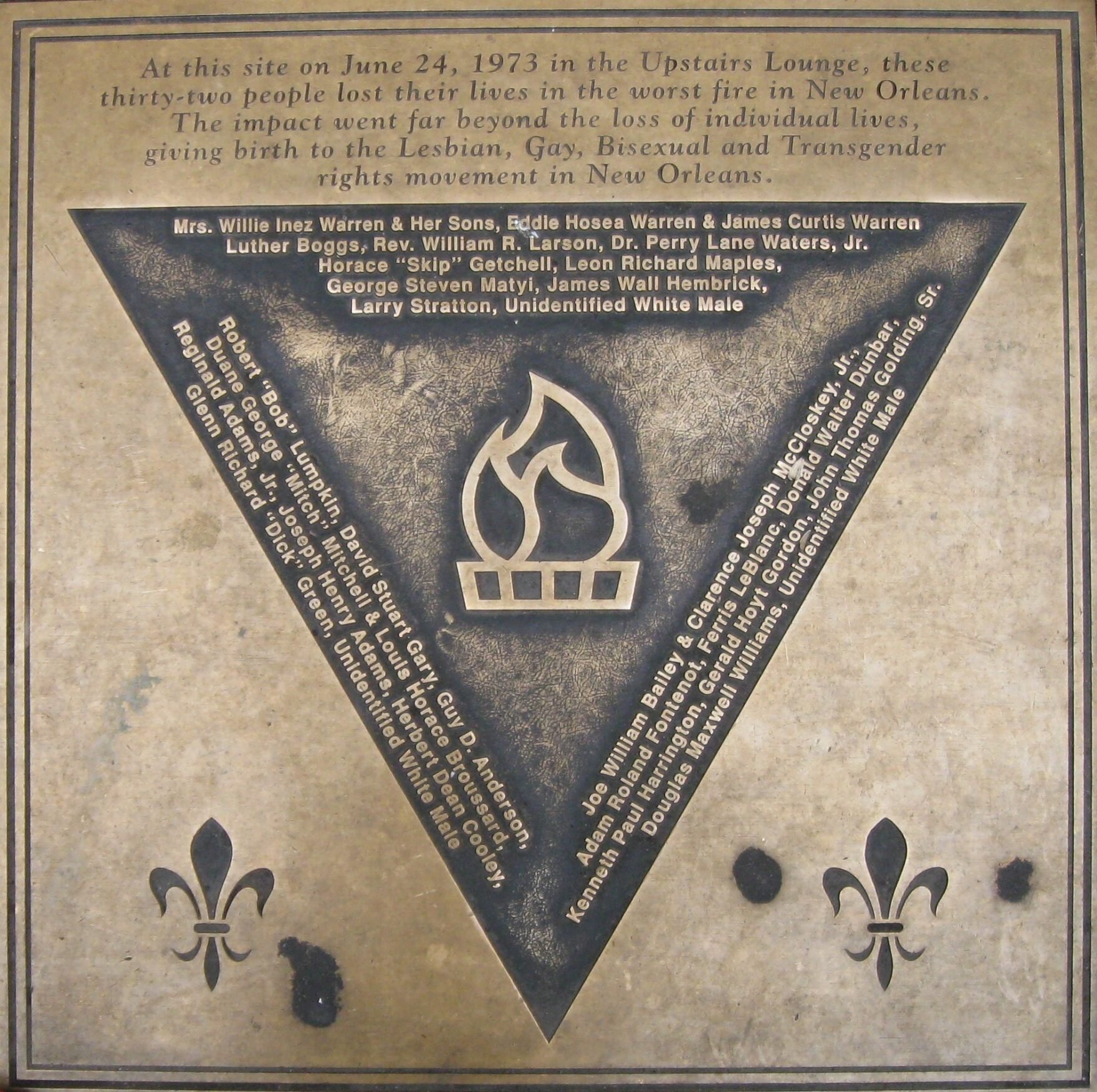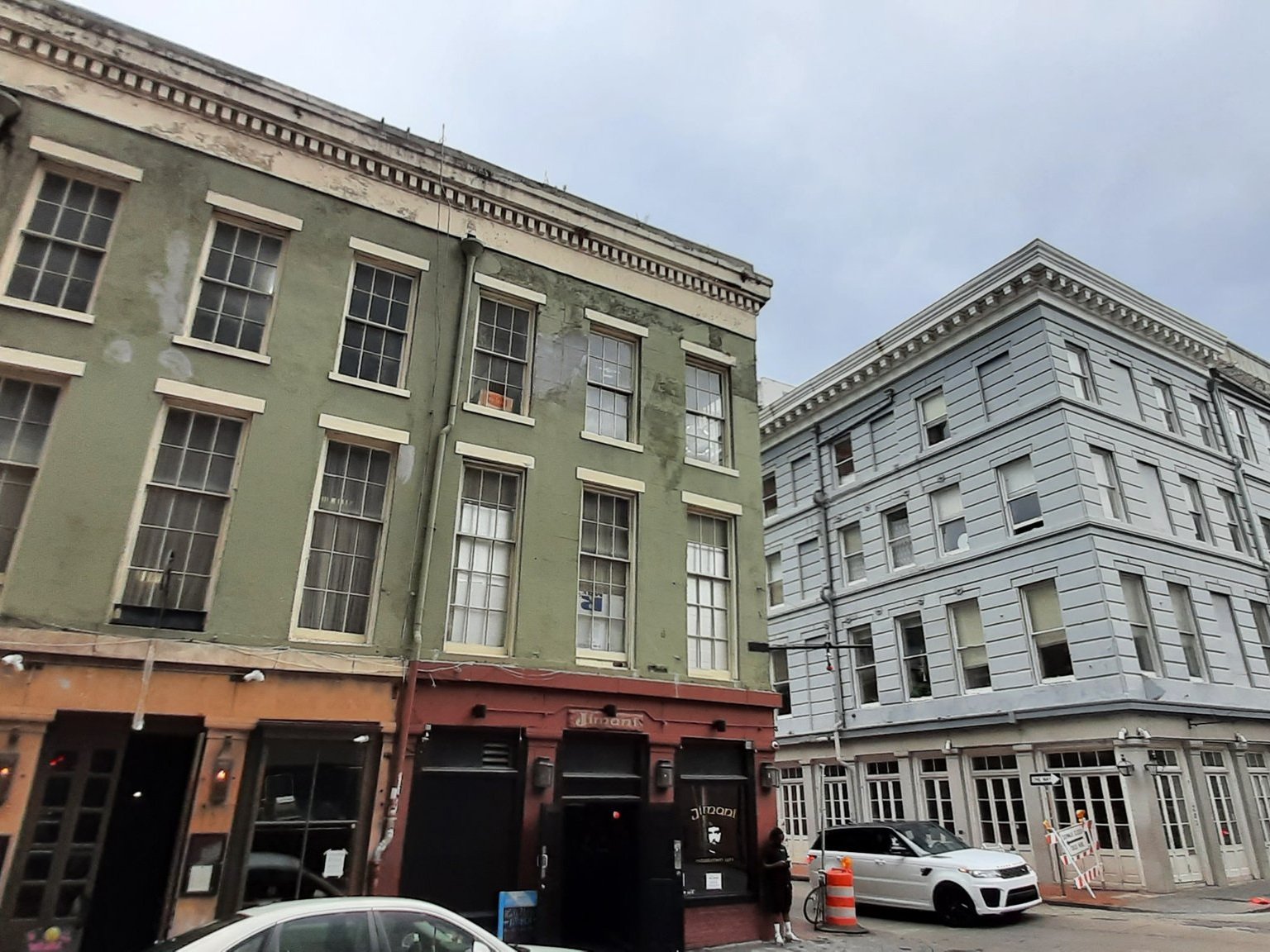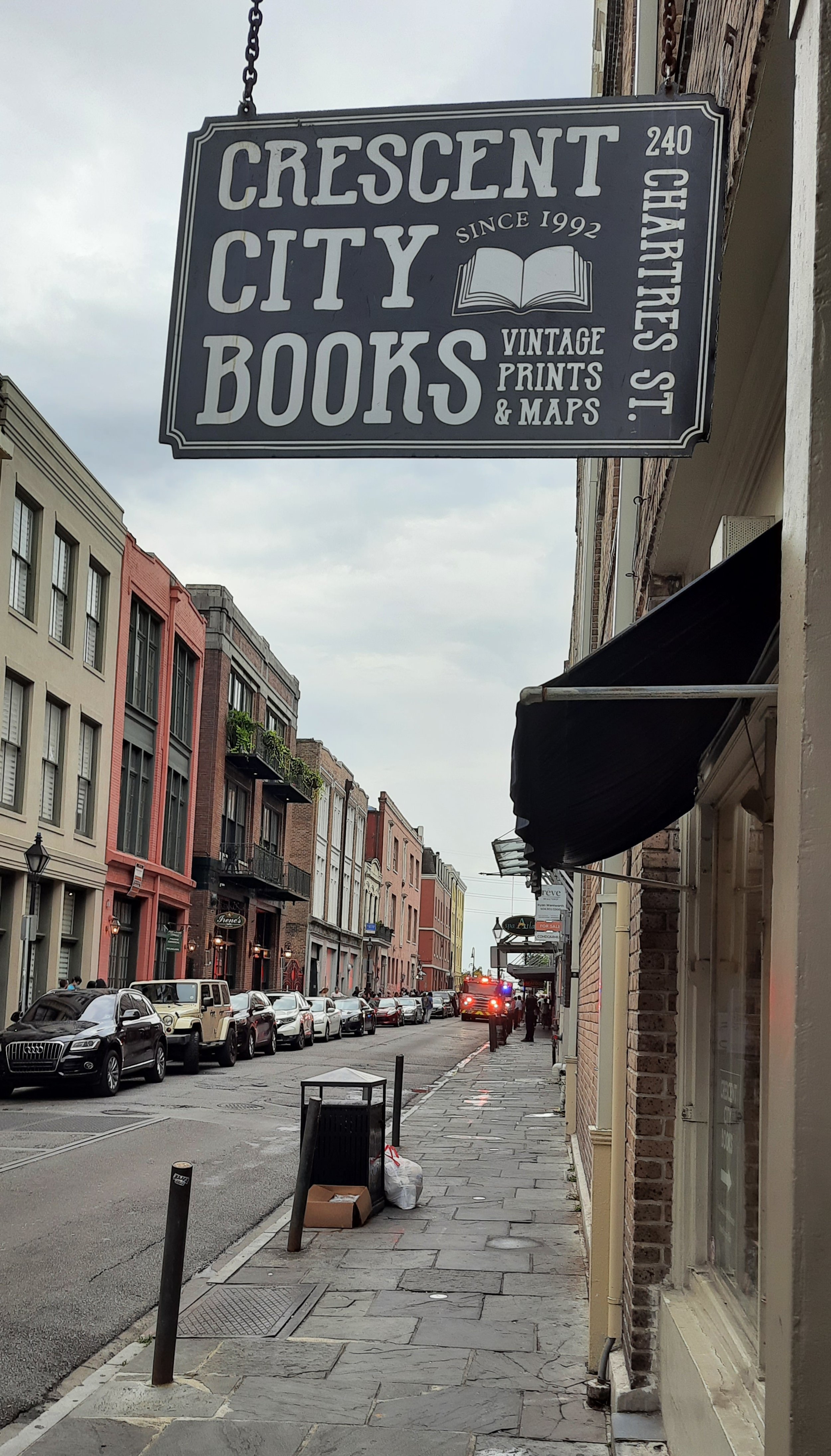“It didn’t seem to me to be a sadness for Lestat, for that smart, gay vampire who used to live there then. It seemed a sadness for something else, something beyond Lestat that only included him”
On the third day of my stay at New Orleans, I finished reading Anne Rice’s “Interview with a Vampire” at 2 am, in bed. My first thought, as I reached the last page was: “Wow, this book is so queer!” As someone who identifies as queer, I was vaguely aware of the cult following that the movie adaptation of this book had gathered within gay communities, but I had not anticipated queerness being so explicit in the book. While I do not know Rice’s exact intentions with this queer-coding, the quote suggests that the queerness of her vampires moves past just individuals such as Lestat; it is “something beyond,” that seems to be submerged in the culture of New Orleans. So, over the past few days, in my exploration of the city, I have tried to unravel the city’s unique queerness; particularly, in the French Quarter.
As I gaze out of the window of my room on the fifth floor of Hotel Lafayette, the first thing that grabs my attention is a pride flag hanging from the window of a building, a block away from where we’re staying. There is no shortage of queer visibility in New Orleans, especially in this time of the year. The flags are peppered throughout the city in balconies, bars, and storefronts; they are anticipating pride month (June). Walking through the city, I have even been greeted by strangers with the ‘limp-wrist,’ signal for queerness.
“This was New Orleans, a magical and magnificent place to live. In which a vampire . . . might attract no more notice in the evening than hundreds of other exotic creatures”
Although Louis, Lestat, and Claudia, the three vampire protagonists of Rice’s novel, live, quite literally, in the darkness, there is something remarkably disruptive about New Orleans that lends itself to their vampiric eccentricity. The very fact that the three are living together as found-family of two men and their daughter in 19th century New Orleans is radical to envision.
Townhouses at the French Quarter
Yet, I do not want to romanticize the vampires of Rice’s novel, and the culture of New Orleans. The exploitation of enslaved people grounds the city’s cruel history. As a port city, New Orleans was a prime location for the auctioning of enslaved people. In our seminars, we learnt that the Business district, where we are staying, used to be full of auction blocks and slave-pens, which have now inconspicously been transformed into hotels, restaurants, and banks. Before coming to New Orleans, Louis and Lestat ran a sugar-plantation. In order to conceal their identities, they burn down the entire place, massacring the enslaved people who work there. They live in a lavish townhouse in the French Quarter with enslaved domestic servants. Enslaved people are depicted most frequently as unnamed victims of the vampires’ killings. I kept this parallel history in mind as I ventured through the quarter.
Hotel Monteleone is hard to miss
To better understand the queer history of New Orleans, I looked into important landmarks in the city, and marked them virtually on my map. Hotel Monteleone, where Truman Capote lived, whose large sign towers over the French Quarter, and the house of Tennesse Williams were literary landmarks that we will probably visit as a group later in the trip. Instead, I was particularly interested in two gay bars – sites of queer socializing and organizing.
The first of these bars was called “Cafe Lafitte in Exile,” named after the notorious French pirate Jean Lafitte. To approach the bar, I walked down the infamous Bourbon street. Although it was the early afternoon, the street was grimy and brimming with partying tourists. Still, the licentiousness and unruly decadence of Bourbon is a significant aspect of the city. Anne Rice’s novel draws from this licentiousness. She describes Lestat sucking Louis’ blood in rich erotic detail, as they hear the throbbing of each other’s hearts. Lestat forms an intimate relationship with a musician boy who ‘allowed’ Lestat to feed on him while he slept.
That said, the bar cannot simply be reduced to the licentiousness of Bourbon. Established in 1933, the bar is one of the oldest gay bars to be operating continuously in US history. As I walked to Cafe Lafitte in Exile, an archaic bar called Lafitte’s Blacksmith Shop caught my eye. Later, I learnt that this was the original location of the bar, before 1953, when conflict with the landlord, ironically, exiled the bar down the block to where it is now. Guests dressed up as famous figures in exile such as Napoleon and Oscar Wilde to commemorate its reopening. Lafitte, as a pirate too, was frequently in exile. The notion of being in exile perfectly embodies the queer experience with its transgression and embrace of otherness.
“A fugitive and a vagabond shalt thou be in the earth”
The ‘fugitive’ and ‘vagabond’ vampires of Rice’s novel are constantly in search of community. While this status of being in ‘exile’ can embraced and celebrated, the novel also makes it feel melancholic. Louis and Claudia’s search for meaning and community is futile, as it takes them to France, where Claudia dies. Louis eventually returns alone to New Orleans. He is filled with a constant sadness and sense of loss.
The firetruck about to pass by me at Crescent City Books
On the way back from one of our group’s outings to the French Quarter to a concert at the Preservation Jazz Hall, I split from the group and decided to pass by the second bar marked on my map: The Jimani. The purpose of my visit, however, was the UpStairs lounge, a former gay bar, that used to operate on the floor above the Jimani. On June 24, 1973, this gay bar had an arson attack that killed 32 people and injured 15.
As I strolled down Chartres Street, I could faintly smell a pungent odor of smoke. I thought my brain was vividly imagining things, given the history of the space I was approaching. Ignoring this as delusion, I continued further down the street. I stopped to admire the quaint “Crescent City Books.” Suddenly, the piercing sound of sirens broke through the earphones I was wearing. A firetruck, with its flashing red-lights, hurried past me. It wasn’t heading in the direction I was, fortunately. Yet, this coincidence was tragically surreal.



Standing across the street from the building, staring at the decaying green walls and shuttered windows, I felt that sense of loss. I was reminded of the specter of violence that haunts queer history. Once, when waiting in the lobby of our hotel, a queer individual who works there, narrated an incident of them being fired from another hotel for being “too gay” (Unfortunately, since their shift was ending, I never got the chance to ask them their name). In different forms, this specter of violence persists, despite the celebration of queerness in the city.
My short pilgrimage through the French Quarter was more often grim than joyous. Yet, it also marked the importance of communities that hold onto their connections through the violence of the past. Communities that are unified in their joint celebration of difference.










